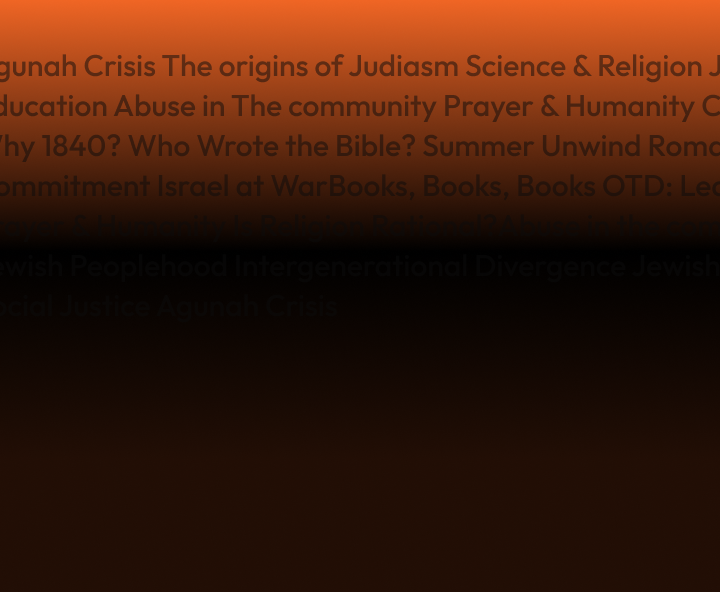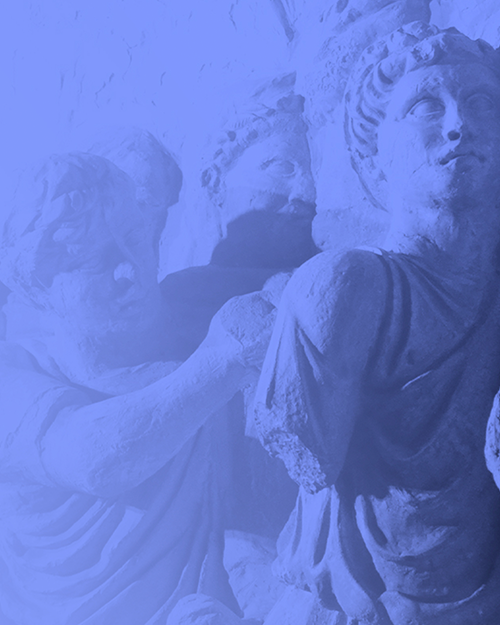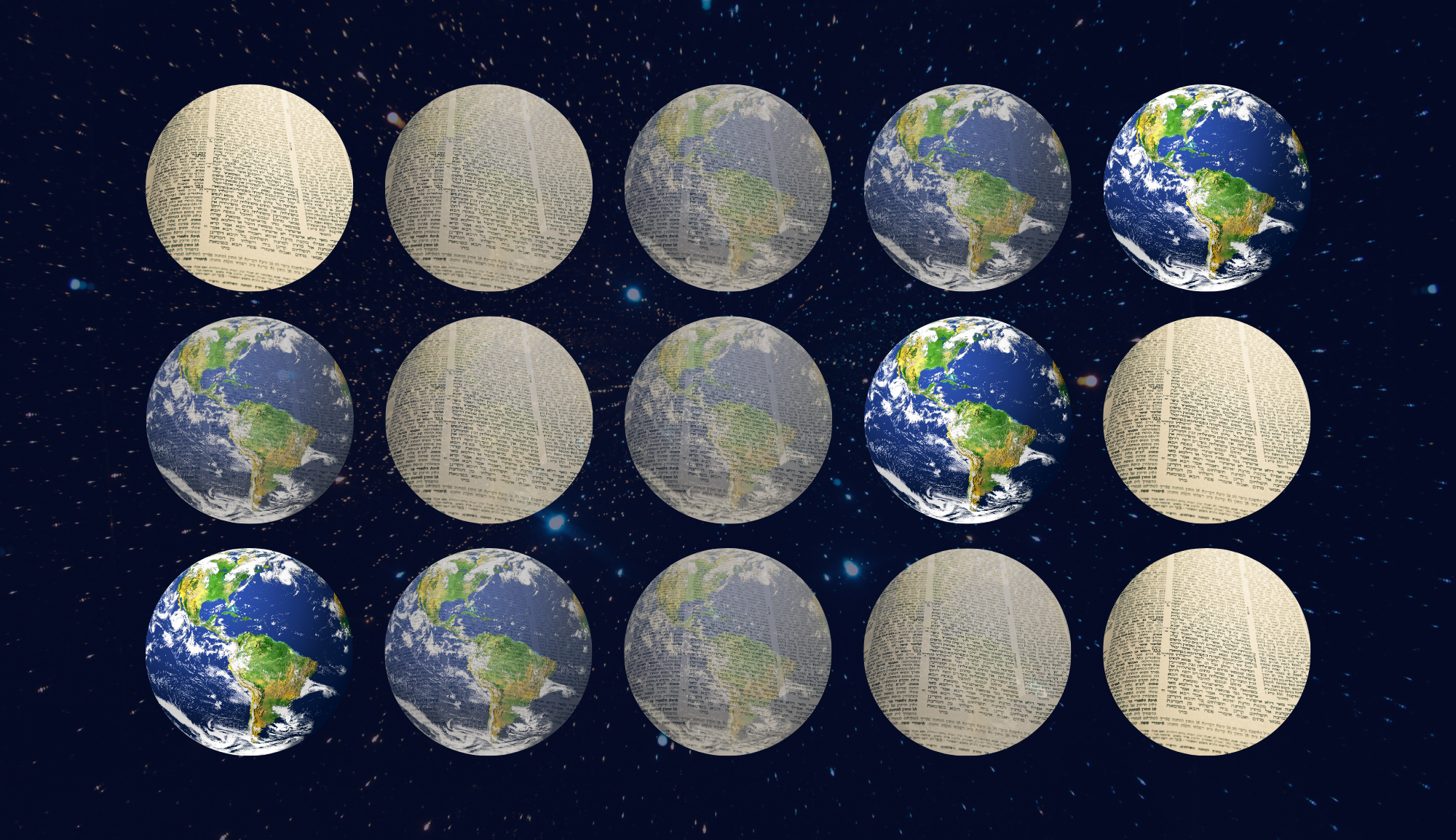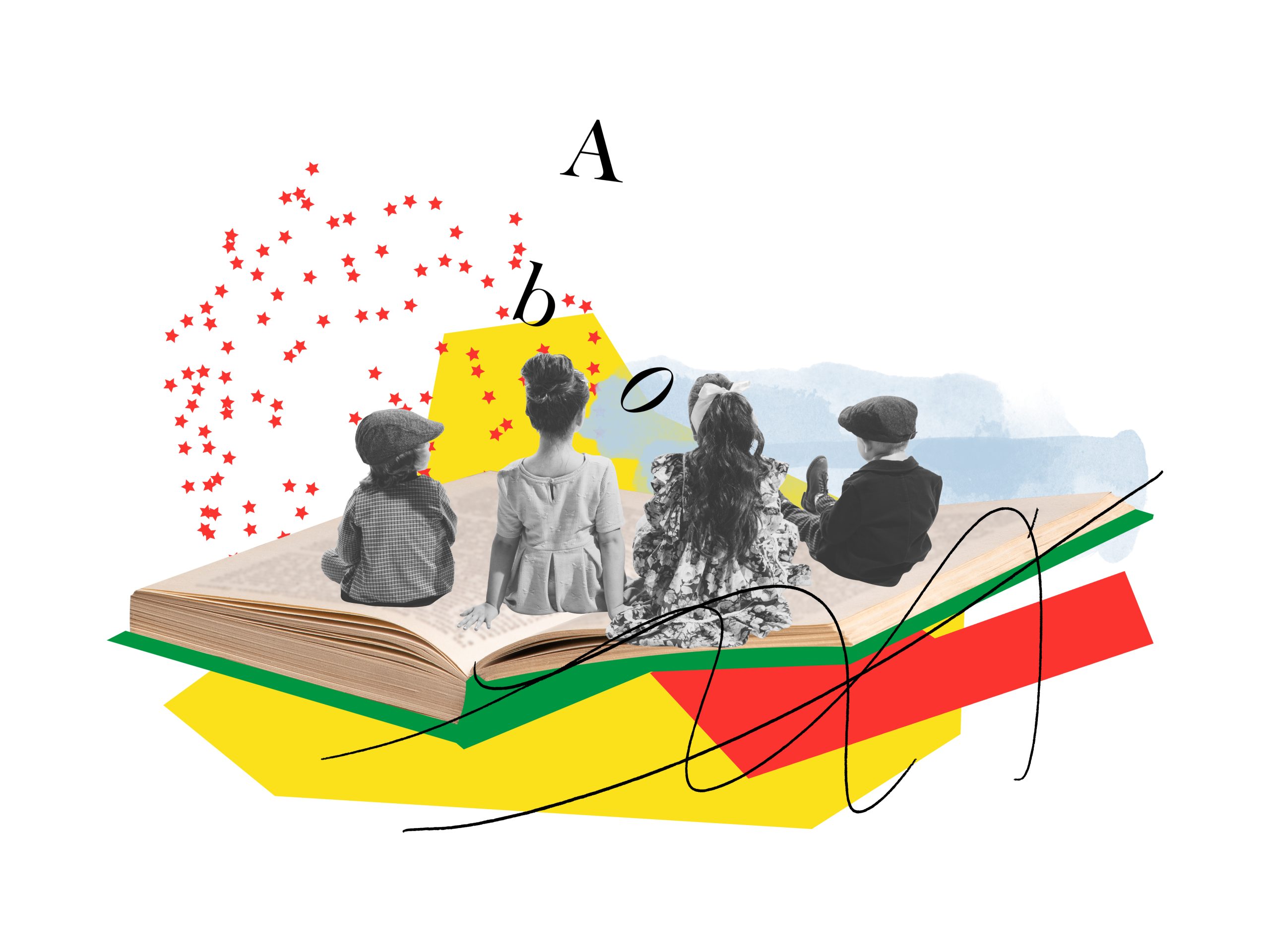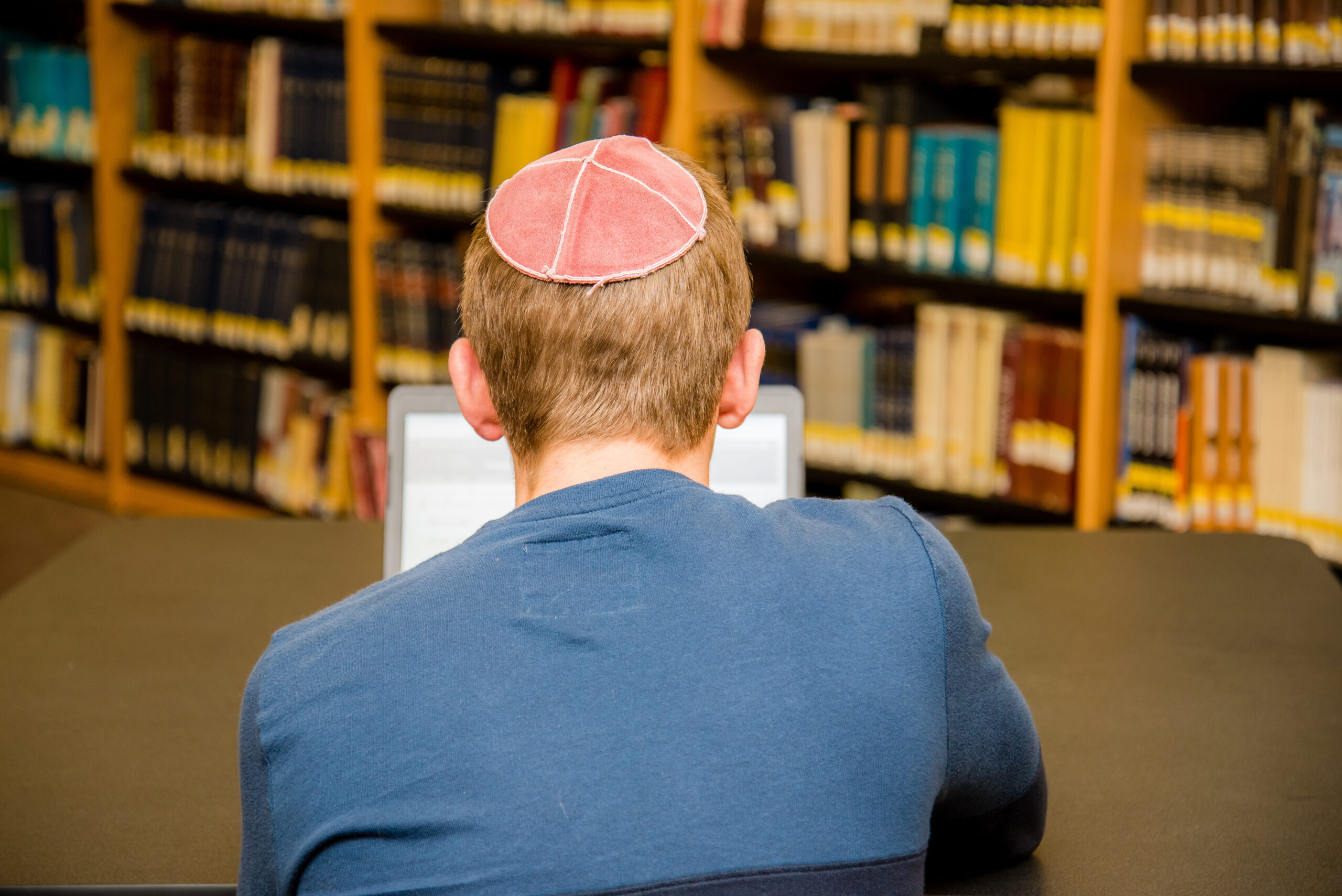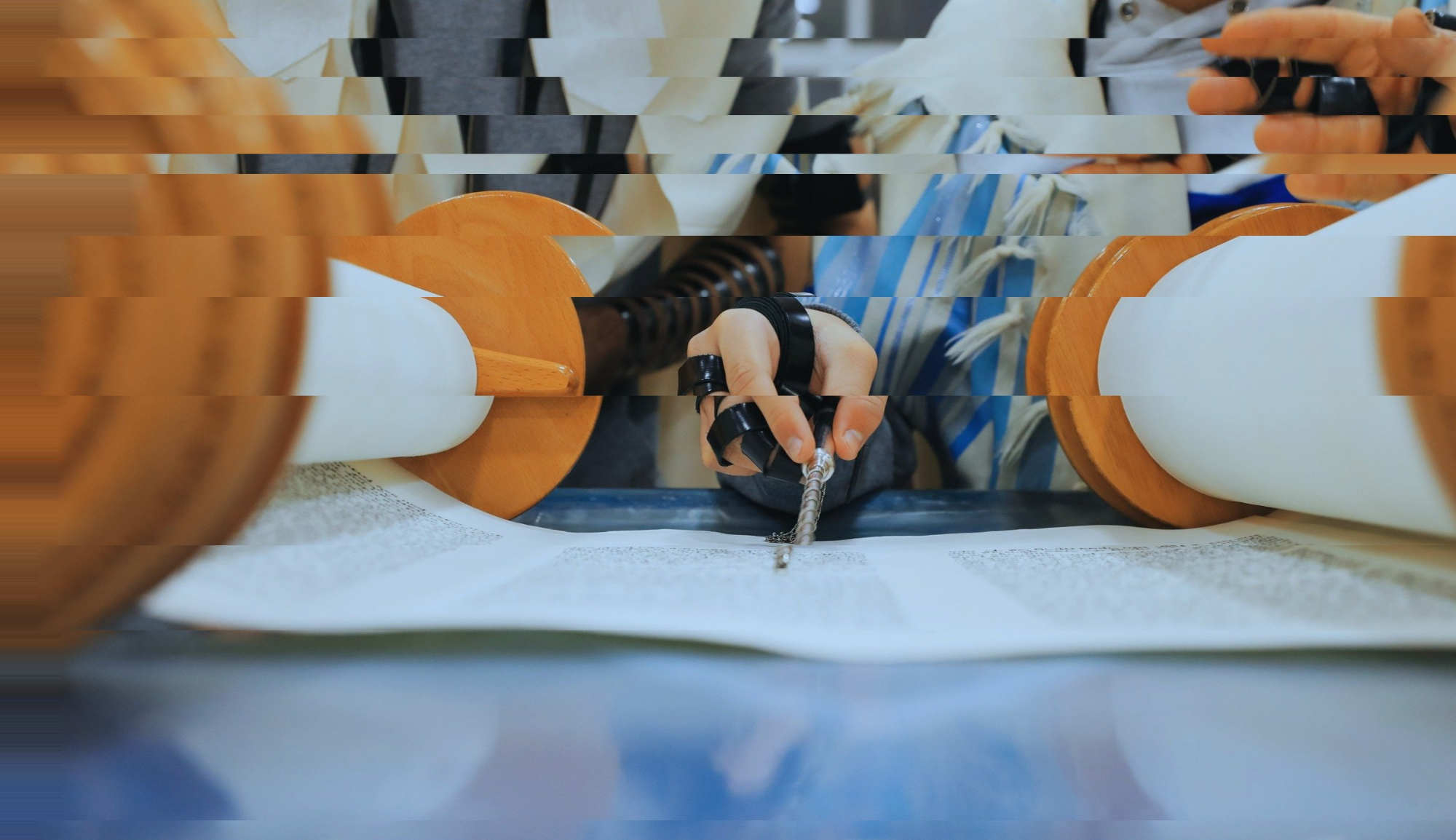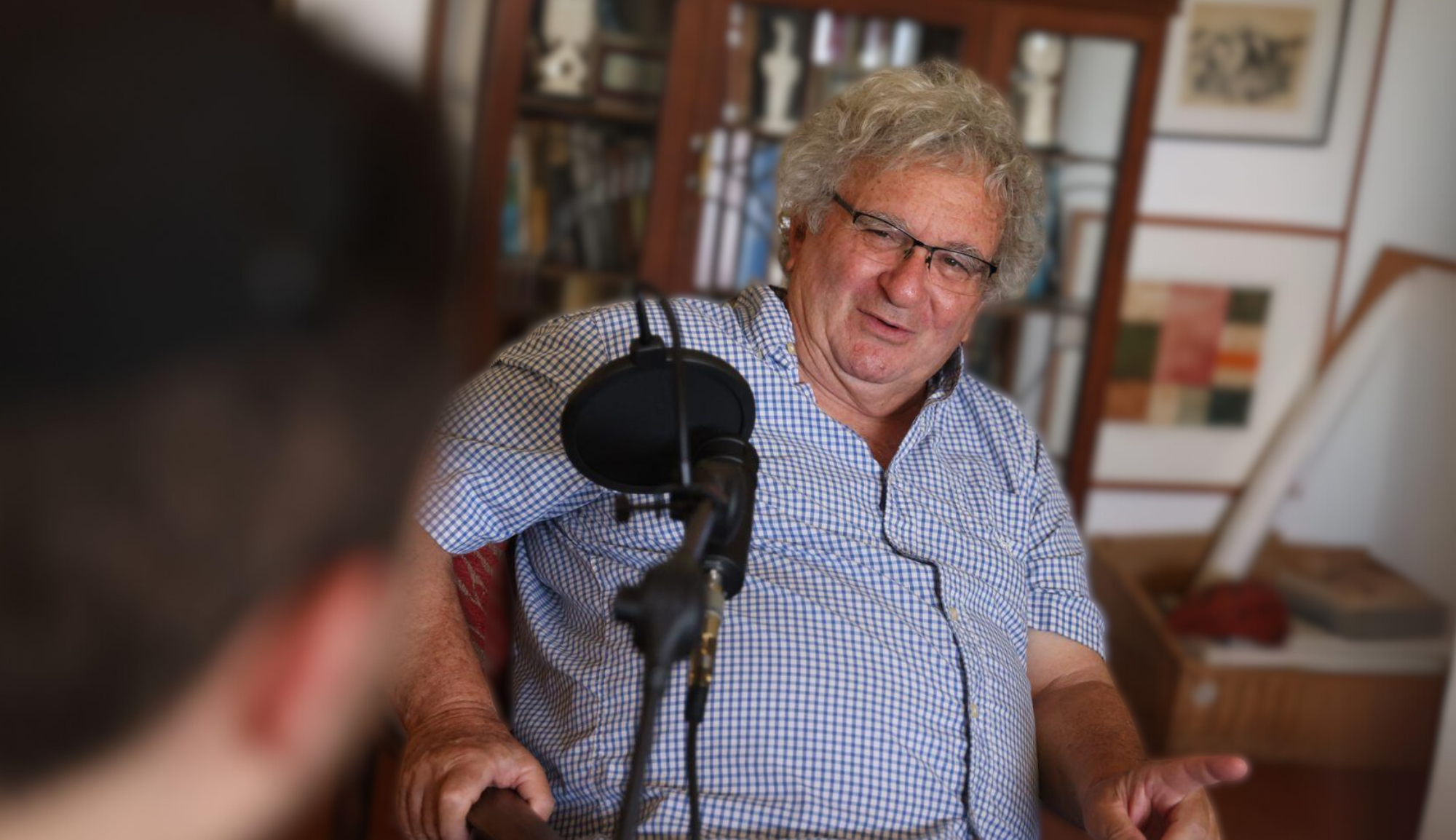How can we appreciate disagreement in a discourse ruled by dispute? How can denizens of the 21st century, with all the intellectual self-isolation that so often occurs in our media, grow to appreciate the din of Jews in debate?
Enter Samuel G. Freedman. In his Jew vs. Jew, Samuel succeeds at finding the forest in the trees, and showing readers how issues far bigger than shul boards and courtrooms result in smaller schisms across America. In this award-winning book, Samuel looks at major controversies splitting American Jews and focuses on a set of case studies that demonstrate the schisms these issues can cause. From a zoning issue in a shul in Cleveland to a gendered nusach war in a shul in Los Angeles, Jew vs. Jew is ostensibly a book about what divides Jews, but it is also a book about what unites Jews: debate. Just as there is unity in variety, there is variety in unity, and Jew vs. Jew demonstrates the rich, textured unity that is American Jewish life. Controversy in Jewish communities is a feature—not a bug—of Jewish life, albeit a complicated, sometimes divisive feature.
This week’s podcast is going out for all the Jewish debates out there—loud, ugly and beautiful. Mouths-foaming, shul-splitting, and book-banning: we are here for it all, as we contextualize Samuel’s thought on peoplehood in the broader Jewish tradition of harmonious dispute. Read on to find out why disagreement is beautiful and how Jews are like jazz.
Harmony in Dissent: In Appreciation of Disputation
In his introduction to Choshen Mishpat, Rav Yechiel Michel Epstein (1829-1908), the author of the Aruch HaShulchan, wrote the following timeless words about this textured feature of Jewish life—debate:
Truly, for one who understands things properly, all the controversies among the Tannaim, Amoraim, the Geonim and the decisors, are the words of the living God, and all are grounded in the law. And furthermore, this is the glory of our pure and holy Torah, all of which is called a melody. And the glory of the melody, the essence of its delight, is that the tones differ from each other. And one who sails the sea of the Talmud will experience the diverse delights of all these distinct voices.
This is the glory of our pure and holy Torah, and it is the glory of our pure and holy people—to be part of a people that places ideas above all else. Rabbi Abraham Joshua Heschel, in his God in Search of Man, writes that “to be a Jew is to be committed to the experience of great ideas.” It is not the ideas that we should fear, but rather ignorance of the ideas being fought over. Looking out and back at the issues that have split our people, we can appreciate the values and ideas that put this idea-obsessed people in such schisms.
Rabbi Baruch HaLevi Epstein (1860‐1942) takes a further step with this analogy:
The likeness [between the Torah and singing] will emerge through an analogy to a choir of players and singers, each one different from the other—one raises his voice and the other lowers it, this one’s voice is high and the other’s deep. All seems mixed up at first, as if they had meant to annoy each other. But in truth it is not so, because a pleasing and beautiful melody will ultimately emerge from the contrast between the voices. So it is with the Torah—truth will come forth from the conflicting views, and because the true law surfaces from controversy, all views are as beloved to God as the truth itself … They conveyed this through the phrase “these and these are the words of the living God.”
Multivocality itself is beautiful, and appreciating the presence and persona of each idea-holder is a great boon of the contemporary era. Although not often used this way, the internet age offers the possibility for a far greater understanding of the ideas narrating debates than was ever possible.
In this, we echo the urging of the recently passed Rabbi Adin Steinsaltz (1937-2020) in his declaration: “Let my people know!” There are many voices in the great symphony of Jewish debate, and they can only be appreciated if the ideas that narrate them are considered, studied, and respected. Ideas often clash, but more often, it is the misunderstanding that surrounds those ideas leading people to miscommunicate.
A Torah scroll that has a missing letter is rendered invalid, defective. I think that most Jews did not want theirs to be that missing letter…
In Jew vs. Jew, the barriers that ignorance presents to mutual respect and understanding in the Jewish community is demonstrated in the rousing sermon delivered by Joshua Aaronson, a Reform rabbi in Beachwood, Ohio. It is the height of a controversy over the proposed construction of an Orthodox campus in Beachwood, and Aaronson delivered a Yom Kippur sermon, beginning with a recounting of the Orthodox misdeeds against other Jews, until he turned his steely gaze to his own congregants:
The ignorance of progressive Jews impedes our efforts to work with Orthodox Jews as true partners. Progressive Jews suffer from a self-fulfilling inferiority complex that could be erased through the most fundamental of Jewish enterprises: Talmud Torah. Many progressive Jews lack the basic lexicon that would enable us to engage our Orthodox co-religionists on an equal basis. Too many progressive Jews are unfamiliar with the most basic Jewish concepts and ideas. Sadly, for most progressive Jews, the Torah, the single most important document in our religion, is as unfamiliar as the Rosetta stone … Orthodox Jews do not take us seriously as religious equals because of our ignorance. Our ignorance does not justify the animus of the Orthodox nor our second-class status. However, we must acknowledge the validity of the Orthodox claim that we are the main illiterate Jews.
Aaronson’s scalding comments are stunning in their sincere honesty, particularly when one appreciates the context: Yom Kippur. His words aren’t just important for his progressive congregants, but for all that engage in Jewish life, on any terms. Sometimes it is those with the best education—in Torah or secular subjects—that can be the most ignorant, as education and learning demand listening as much as learning, engaging with others as much as with texts. To learn more about the ideas that fuel Jewish controversies, let us learn more about Jewish ideas and people, and hope to become more understanding, thoughtful people.
The Letter and the Coin: Past, Present, and Future of Jewish Peoplehood
Whether or not you can appreciate the many voices and values in debate, we can appreciate that this isn’t just the story of our past, but of our present and future. Engaged in passionate conversation, we become the fabric of the Jewish scroll, each of us written into the text of the Jewish story. In his eloquent ode to Jewish peoplehood, A Letter in the Scroll, Rabbi Jonathan Sacks writes of the letter and the coin, two meaningful symbols that offer possibilities for how we think of our place in history:
[T]he Baal Shem Tov—founder of the Hasidic movement in the eighteenth century—said that the Jewish people is a living Sefer Torah, and every Jew is one of its letters. I am moved by that image, and it invites a question—the question: Will we, in our lifetime, be letters in the scroll of the Jewish people?
At some stage, each of us must decide how to live our lives. We have many options, and no generation in history has had a wider choice. We can live for work or success or fame or power. We can have a whole series of lifestyles and relationships. We can explore any of a myriad of faiths, mysticisms, or therapies. There is only one constraint—namely, that however much of anything else we have, we have only one life, and it is short. How we live and what we live for are the most fateful decisions we ever make.
We can see life as a succession of moments spent, like coins, in return for pleasures of various kinds. Or we can see our life as though it were a letter of the alphabet. A letter on its own has no meaning, yet when letters are joined to others they make a word, words combine with others to make a sentence, sentences connect to make a paragraph, and paragraphs join to make a story. That is how the Baal Shem Tov understood life. Every Jew is a letter. Each Jewish family is a word, every community a sentence and the Jewish people through time constitutes a story, the strangest and most moving story in the annals of mankind.
Are you a letter or a coin? Rabbi Sacks continues:
That metaphor is for me the key to understanding our ancestors’ decision to remain Jewish even in times of great trial and tribulation. I suspect they knew that they were letters in this story, a story of great risk and courage. Their ancestors had taken the risk of pledging themselves to a covenant with God and thus undertaking a very special role in history. They had undertaken a journey, begun in the distant past and continued by every successive generation. At the heart of the covenant is the idea of emunah, which means faithfulness or loyalty. And Jews felt a loyalty to generations past and generations yet unborn to continue the narrative. A Torah scroll that has a missing letter is rendered invalid, defective. I think that most Jews did not want theirs to be that missing letter…
I am a Jew because, knowing the story of my people, I hear their call to write the next chapter. I did not come from nowhere; I have a past, and if any past commands anyone, this past commands me. I am a Jew because only if I remain a Jew will the story of a hundred generations live on in me. I continue their journey because, having come this far, I may not let it and them fail. I cannot be the missing letter in the scroll. I can give no simpler answer, nor do I know of a more powerful one.
The past, present, and future of the Jewish people are in eager conversation. To be a Jew in the present, in conversation with past and future, is to be a letter in the scroll. Samuel, in his conversation with 18Forty, voices concerns for the future of this people, and the fragile unity that has accompanied this people in America:
This is an election that’s a choice between two dystopias that are being projected … I think that when an election is seen as utterly existential on both sides that it’ll be like post Civil War America. How can you possibly repair the country, or Jewish people, after that? One thing we’ve learned from the Trump era is that we’ve never repaired from the Civil War.
However, Freedman has hope and faith in the Jewish people of tomorrow. In the start-ups and creativity that are appearing, the afterparty of the breakdown of some of the traditional structures that have defined American Jewish peoplehood.
I think what heartens me is that, in this era when the nature of our institutional life is eroding, in the era of cyberspace and all other forms of postmodernity, that all kinds of start-ups are happening that are exciting. Again, whether it’s independent minyanim, whether it’s the Chabad movement, whether it’s Jewish film festivals and the boom in Jewish cuisine that people like Jeff Yoskowitz or Leah Koenig are part of now in their writing. All of that stuff is thrilling, and it makes the Jewish world an exciting place to be, and there will be a lot of good stuff there if we can survive the civil war.
Freedman is excited by the opportunities present for Jews in the 21st century, even if the challenges to a united and cohesive Jewish people or self-concept in America is undergoing grave challenges:
How do you get people who are passive and saying “there’s nothing for me” to explore what’s out there? There’s all sorts of things, from Jewish film festivals, or Klezmer music festivals in the more secular cultural realm, to gap year programs of all sorts, all across the denominational map, to the proliferation of Jewish Studies departments at universities, including many universities, not only that are not Jewish ones, but you find at Catholic universities, universities that are explicitly Christian, that have Jewish Studies departments. So a lot is out there.
The story of the Jewish conversation is ever-changing—an ever-expanding scroll. How will you read this scroll? How will you approach the Jewish voices in debate that comprise this scroll? Samuel G. Freedman offers a model for careful and thoughtful appreciation for each side, understanding and engaging with the value at the heart of the battle, and through this, beginning to appreciate the story that emerges. Many voices, one song, arguing together in harmony.
Listen in to our podcast with Samuel G. Freedman.
